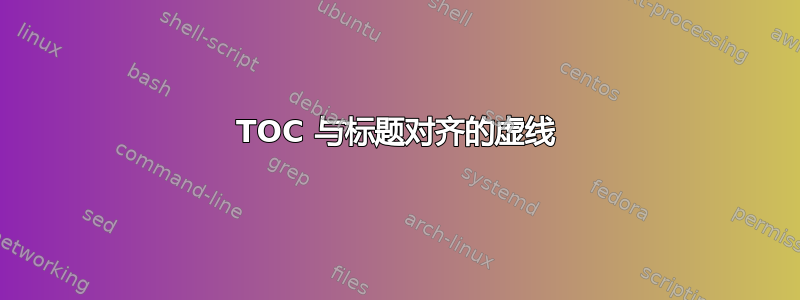
我正在写一篇使用命令的文章\paragraph{Heading},因为我需要在附录中使用深层标题结构来表示包含代码的目录结构。此代码将在附录中列出。
我将此目录结构作为树状图包含在内,读者可以访问组织良好的文件结构本身,因此我决定(尽管考虑得正确,但有些人认为不整洁)在这种情况下添加额外的 TOC 级别是值得的。
但是,目录如下所示:
============================================
Table of Contents
section................ 1
subsection............. 1
subsubsection.......... 2
paragraph
3
============================================
使用此 MWE:
\documentclass[a4paper]{article}
%% Language and font encodings
\usepackage[english]{babel}
\usepackage[autostyle]{csquotes}
\setcounter{secnumdepth}{4}
\setcounter{tocdepth}{4}
\newcommand\subsubsubsection[1]{\paragraph{\textit{{#1}}~\\}}
\begin{document}
\tableofcontents
\section{this}
\subsection{that}
\subsubsection{the other}
\appendix
\section{this}
\subsection{that}
\subsubsection{the other}
\subsubsubsection{this is a pain though}
\end{document}
当我希望级别相似时,“段落”虚线位于标题下方。我该如何解决这个问题?
答案1
正如 @ChristianHupfer 指出的那样,通过在命令定义中添加换行符 ( \\),您实际上导致了此问题。只需将其删除,您的 ToC 就会正常运行。
我遇到了与不存在的 subsubsubsection 相同的问题,因此我使用了自定义命令(在这里的某处找到):
\newcommand{\subsubsubsection}[1]{\paragraph{#1}\mbox{}\par}
这样,您的换行符就可以有效地模仿小节,并且目录也是正确的。
演示
平均能量损失
\documentclass{article}
\usepackage{mwe}
\setcounter{secnumdepth}{4}
\setcounter{tocdepth}{4}
\newcommand{\subsubsubsection}[1]{\paragraph{\textit{#1}}\mbox{}\par}
\begin{document}
\tableofcontents
\section{Section}
\lipsum[1]
\subsection{Subsection 1}
\lipsum[2]
\subsection{Subsection 2}
\lipsum[3]
\subsubsection{Subsubsection 1}
\lipsum[4]
\subsubsubsection{Subsubsubsection}
\lipsum[5]
\subsubsection{Subsubsection 2}
\lipsum[6]
\end{document}



